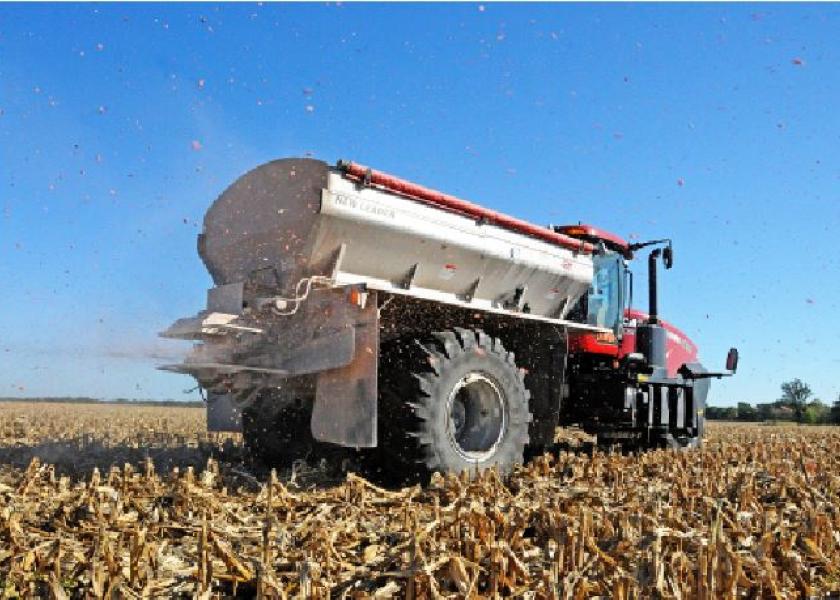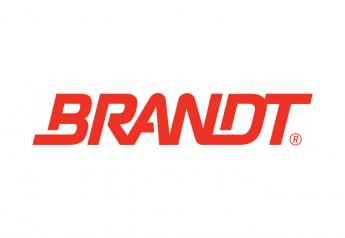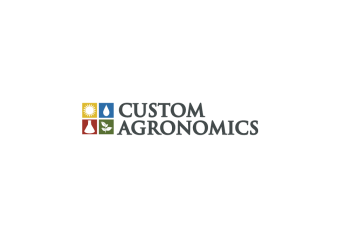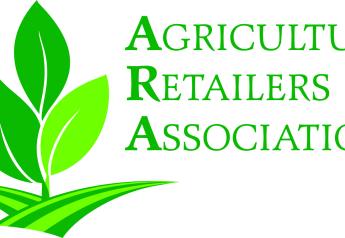5 Fertilizer Trends To Watch

It’s elemental—N, P, K, secondary nutrients and micronutrients. But with annual fertilizer sales totaling $180 billion—that’s three times more than crop protection sales, three times more than seed sales and more than two times ag machinery sales—the fertilizer industry is also quite complex.
Those stats are courtesy of Charlotte Hebebrand, director general of the International Fertilizer Association (IFA). Hebebrand notes the area for growth in the fertilizer industry isn’t necessarily in the massive totals of products used but rather how products are used.
“The average uptake of fertilizers by crops is 50%,” she says. “Now, not all of that is lost to the environment and will be available to crops in future growing seasons, but a substantial part is. This is where the 4Rs come in. We really need to be thinking very carefully of plant nutrition as a knowledge-intensive practice.”
She says it will be an all-hands-on-deck effort to improve nutrient use. IFA released these five core findings with its strategic review, IFA2030:
- An ever greater emphasis on nutrient use efficiency is required.
- The industry meets the very specific needs of farmers.
- Regulatory frameworks are tightening and will continue to do so.
- There will be a wide array of technologically enhanced plant nutrition solutions and services.
- There’s an increasing demand for measurable, technologically enhanced indicators and traceability.
Hebebrand hosted a panel with representatives from Nutrien and Yara at the Ag Innovation Showcase in St. Louis this fall. Sharing insights were Mark Thompson, vice president of business development at Nutrien, and Stefan Fürnsinn, senior vice president, digital farming, at Yara International.
There are many developments as well as opportunities as companies chart the fertilizer industry of the future. Many commodity fertilizer companies also have specialized segments of the business including updates to their products, technology, stewardship and application.
Nutrien—formed in 2018 with the merger of two fertilizer giants, PotashCorp and Agrium—produces and distributes more than 29 million tons of potash, nitrogen and phosphate products worldwide.
“While Nutrien is best known for our leading commodity fertilizer business, particularly in the last five to 10 years we’ve also built complementary proprietary business segments across biologicals and specialty nutrition, crop protection, seed breeding and development, digital and precision ag and enhanced efficiency fertilizer platforms,” Thompson explains.
He says of the company’s almost $20 billion in revenue, the newer proprietary business segments account for roughly $2 billion in revenue, but even more importantly, those segments are a primary component of the integrated solutions the company is delivering to serve its grower-customers. Related, Nutrien rebranded its 1,600 retail locations from Crop Production Services to Nutrien Ag Solutions in 2018.
The company sees all of these changes as transformational. “It’s the continued evolution of our company toward an integrated agricultural solution provider—building on our roots as a leading fertilizer producer to a company with the largest global retail distribution network and then enhancing the ability to provide comprehensive product and technology offerings for our customers,” he says.
For Yara, the company is springboarding from its existing global footprint by refocusing efforts in every country and every crop.
“We can help farmers so much more than just supplying the product,” Fürnsinn says. “Yara is very interested in finding the right product for different crops in different geographies, and we’ve invested heavily for a much more precise and specific approach.”
Fürnsinn says a key focus is helping agriculture be sustainable environmentally and economically. Of the company’s 10 main initiatives going forward, precision ag ranks very high, as demonstrated with the acquisition of Agronomic Technology Corporation and its Adapt-N product. (Read how retailers use Adapt-N in the sidebar.)
“What’s imperative with how technology and plant nutrition come together, it has to be trusted, repeatable and proven,” he says.
Nutrien had its own announcements with technology in 2018—the launch of its Nutrien Ag Solutions integrated digital platform and the acquisition of Agrible.
The goal of the new integrated digital platform is to seamlessly connect the commercial offerings of Nutrien’s retail business with the data science and agronomic advice that can support growers’ ability to be more profitable and productive.
The Agrible technology platform provides advanced data analytics and predictive modeling components that Nutrien plans to integrate within its existing digital platform and expand within its business.
“Putting together what Agrible has built for data science and predictive analytics with our 3,500 field agronomists and existing digital experience will supercharge our efforts to accelerate the value that Nutrien’s products and services can provide on the farm,” Thompson says.
With all of the above opportunities, what is holding back the industry? Both industry experts say it’s the siloed approach in the development and deployment of new tools.
“We frequently hear there are a lot of individual point solutions out there to solve a single problem. It’s a fragmented approach, and it also makes it difficult for the farmer who is trying to implement these technologies and extract value.”
Fürnsinn agrees, and he adds the technology advances aren’t just about selling more products.
“Farmers don’t just want more products shoved at them,” he says. “They are asking for specific solutions. And it also has to be simple. Products such as Netflix and Amazon have shown all of us how easy technology can be, and that’s raised the bar for everything.”
Fürnsinn sees the next big disruption in the fertilizer industry not as one single invention but rather connecting all of the fragmented parts together.
“It’s becoming more important for us to figure out how to change the process so the farmer can piece everything together for maximum yield, optimized inputs and reduced risks,” he says.
Another important aspect to the future of fertilizer is addressing the critical eyes of potential regulation and questions from consumers.
“Consumers are demanding more from their food,” Fürnsinn says. “And the future of crop nutrition can’t stop at the farm. For example, we are investing so we can understand the exact role of crop fertility practices and how it impacts the nutritional value of food.”
With the acquisition of Agrible, Nutrien also added a sustainability reporting and downstream analytics platform—and with it, an expansion of its relationships with downstream partners such as AB InBev and General Mills.
“Solutions that support sustainable nutrient use are quickly advancing—these include more accurate monitoring of real-time nutrient availability along with advanced insights,” Thompson says.







